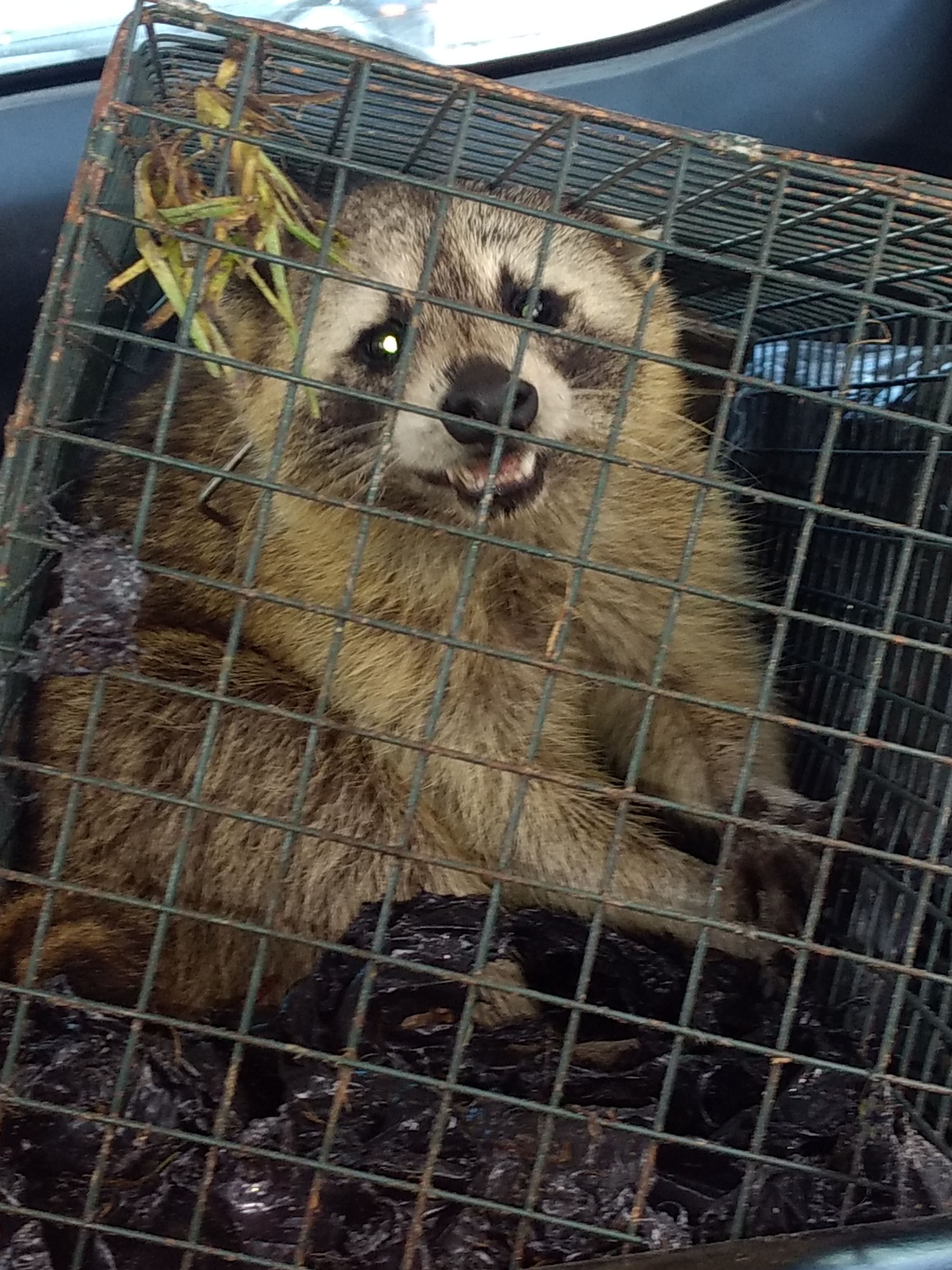
People call various kinds of nuisance animals rodents. Some folks call raccoons, opossums, as well as bats rodents. Most men and women tend to use the phrase rodent interchangeably with mouse and rat. If you don't understand what sort of animal you're dealing with, you may read the below. Every sort of animal requires different removal methods
Just what type of animal infestation do you have? If one thinks of the term 'snap' the most frequent creature that comes to mind is a mouse. If you are even more unfortunate, another word that springs to mind is 'rat'. Rodents, however, is a phrase used to describe a huge array of home invaders, some of which can be more worrisome than a mouse.
A small number of squirrel species will occupy residence in an attic without second thought. Some squirrels, such as the flying squirrel, live in huge communities and can make an overabundance of damage in a brief amount of time. Chipmunks will also search for a chance to shelter in a warm home, but chipmunks are often chased off by their bigger, squirrel cousins. The two chipmunks and squirrels pose a destructive, noisy hazard when they invade a house.
Rats, which are creatures of opportunity, they see an individual residence as a place where food is easily available.Just about all rodents are harmful when they decide they like your house as much as you do.They're motivated to create a proper house for future generations, and when rodents replicate, they do so quickly and in volume. A loud bang overhead, perhaps a few stray droppings out in the open, an irritating chewing sound from the wall, or each the aforementioned are great indicators something non-human lives in your dwelling. Some people aren't blessed with subtle signals, but wake up because it seems like a herd of buffalo is running through the attic

Mice and rats are attracted to food resources around the home, whereas squirrels and chipmunks are searching for nesting sites. By being aware of what motivates your pest, you can then devise a means to eliminate the issue.
There's a single rodent we have not covered yet. Woodchucks. Yes, woodchucks are rodents, and they may be problematic if they opt to live under your garden shed or garage. Take care when dealing with woodchucks. These animals can be quite aggressive when cornered and aren't worth losing a finger or contracting rabies. Though it's uncommon for a woodchuck to venture that close to individual enclosures, it does occur. Be cautious, and if in doubt, call a specialist.
Regardless of what rodent you're dealing with, it is likely that you can take matters into your own hands. Think about the size of the bark when picking elimination procedures. Snap traps that would kill a mouse will often only wound a rat or squirrel, then you risk having the creature drag the trap in an inaccessible area of your residence. Worse yet, you might need to place a trapped rodent from its suffering, which isn't a pleasant activity. Live traps aren't advised for rodents. Rodents have excellent memories, and they'll often come back to an area that's been noted as a viable food source or hot type of shelter.
General, proactive prevention methods like filling in cracks and holes out your house and eliminating tempting food waste will hopefully save you some time and stress later on. Preventing rodent infestations is significantly simpler than solving them.
Barrel tile roofs leaves openings that lead into the attic! Talk about an open invitation for squirrels and rats to just waltz right on in! And when a raccoon smells and sees an opening like this, forget about it! They simply push the soffit directly open, and they are in the attic. The only way to address the challenge is to get right in there and seal those regions closed. I use specific steel molding and sealant, and that I block the openings completely airtight and animal-proof. You won't eliminate your problem with wildlife getting into your tile roof if you don't seal these holes closed.